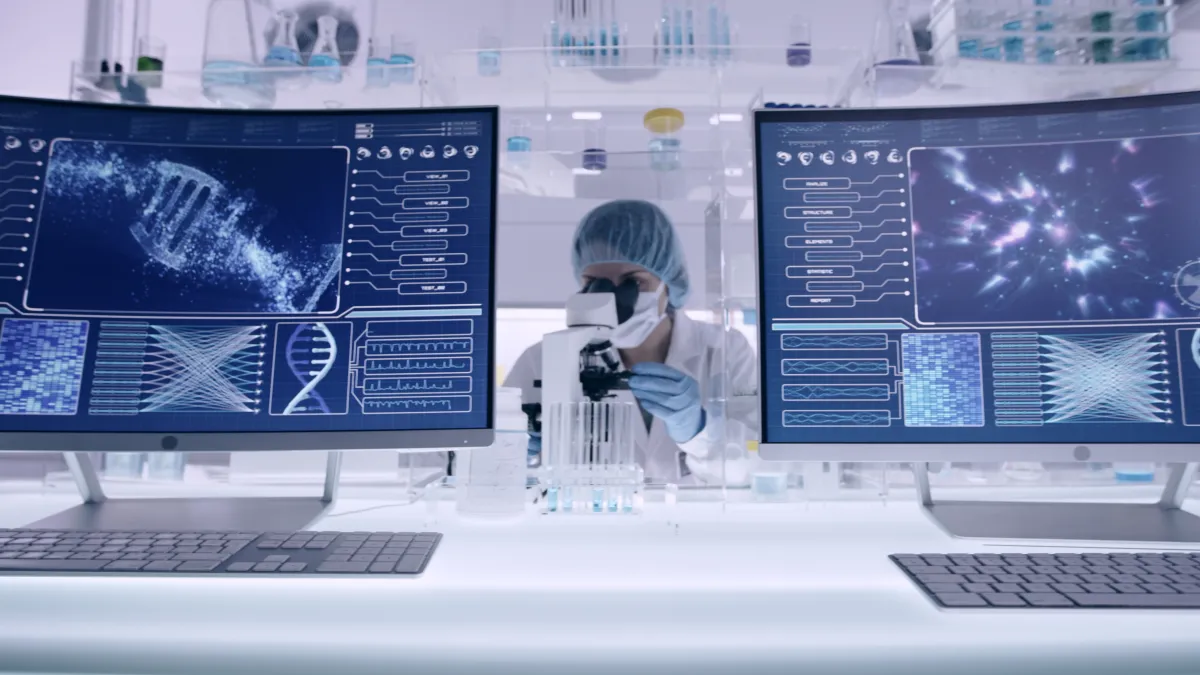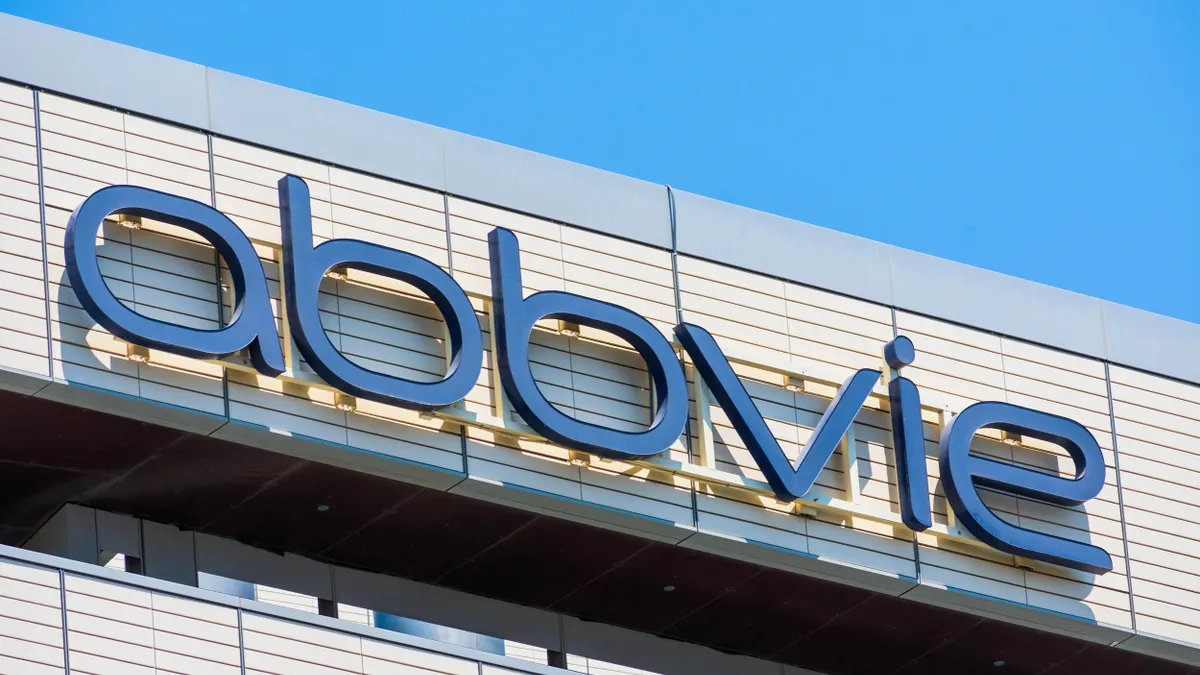In the 1980s, the era of the synthesizer, the music industry began using an interface called Musical Instrument Digital Interface (MIDI), that allowed different sound equipment and devices to communicate with each other in a standardized format. It was so successful that the majority of musical equipment and devices today come with MIDI interoperability built right in.
In a way, similar advancements are happening in pharma labs with an emerging open data format called the Analytical Information Markup Language (AnIML). The timing for implementing AnIML could not be more apt.
In 2021, more than $2.4 trillion was invested in pharma research and development. At the same time, changing dynamics during COVID-19 — such as working from home, a shortage in research supplies, and physical labs closing down altogether — have added challenges to lab operations.
With standardized language for analytical chemistry and biological data, AnIML gives scientists an improved way to document and describe the many steps of complex lab work. When considering ways to digitize lab operations, AnIML can be also implemented along with other protocols such as SiLA, a standard for communication between lab software and devices.
As companies use these tools to create their labs of the future, a report by PharmaIQ says that AnIML has the potential to become the MIDI of the research world.
How AnIML fits into a changing lab picture
Since every lab has its own procedure set up with various instruments and software, and every vendor has a different way of processing data, there is no easy way for communication of data to effectively take place without a common standard. By using AnIML, which was first introduced in 2003, data from different experiments become easily collected, stored and evaluated. Different devices and measuring techniques can all be used with one set of tools, eliminating separate interfaces for each device type.
AnIML helps scientists not only use data more effectively, but also improve workflows. For example, in 2020, deploying the AnIML standard shaved off nearly 47 days (1,120 hours) of study time for 4,800 samples for Merck Group’s site analytics management team, according to PharmaIQ, an online resource hub that provides insight, analysis and resources to the life sciences industry.
Not only is speed of analysis a benefit, but the data capture language is also accessible to anyone.
According to the PharmaIQ report, Annette Hellbach, director and head of product at Connected Lab at Merck Group, says, “Basically, anyone who can develop software can write AnIML. It’s a very powerful form of financial, ethical, physical, chemical and biological data capture, because it doesn’t only capture results, it also captures sample and process data compatible with audit trails and digital signatures.”
In the PharmaIQ report, Sylvia Friedrich, system consultant, site analytics management at Merck Group, says this centralized, automated system, or middleware, can be adjusted for each labs’ needs, eliminating the requirement for separate software to access data on every device, which reduces the cost of integration and data management.
For companies using legacy systems, the time and cost involved in transitioning may be greater, but the benefit of receiving data more easily will outweigh the investment required to transition to AnIML, PharmaIQ reports. And reports acknowledge that some life-sciences companies were able to adopt AnIML support within just a few days.
In the report, Cindy Novak, senior manager in lab operations and systems at Bristol Myers Squibb, describes her experience with adopting AnIML within pharma. When Takeda was building a new site in Ireland with the aim to be paperless, it looked to employ AnIML, and Novak’s role was to implement AnIML with the existing LIMS system.
“From the manufacturer standpoint, AnIML really lends itself to adoption,” she says. “The vendors that have been more open to the idea of standardization and partnering together are the ones that are going to be the most successful, because I can go from Takeda to BMS or to Pfizer and they all use the same standards, they all talk the same language, and I can implement this easily across any of these companies.”
In the high-stakes environment of pharma R&D and with patients waiting for treatments, Novak says that methods such as AnIML that boost speed, efficiency and cost savings, have an impact that goes far beyond the lab.
“Having that standardization is so vital in our industry and in our world, because what we’re about is serving our patients,” she says in the report.

















